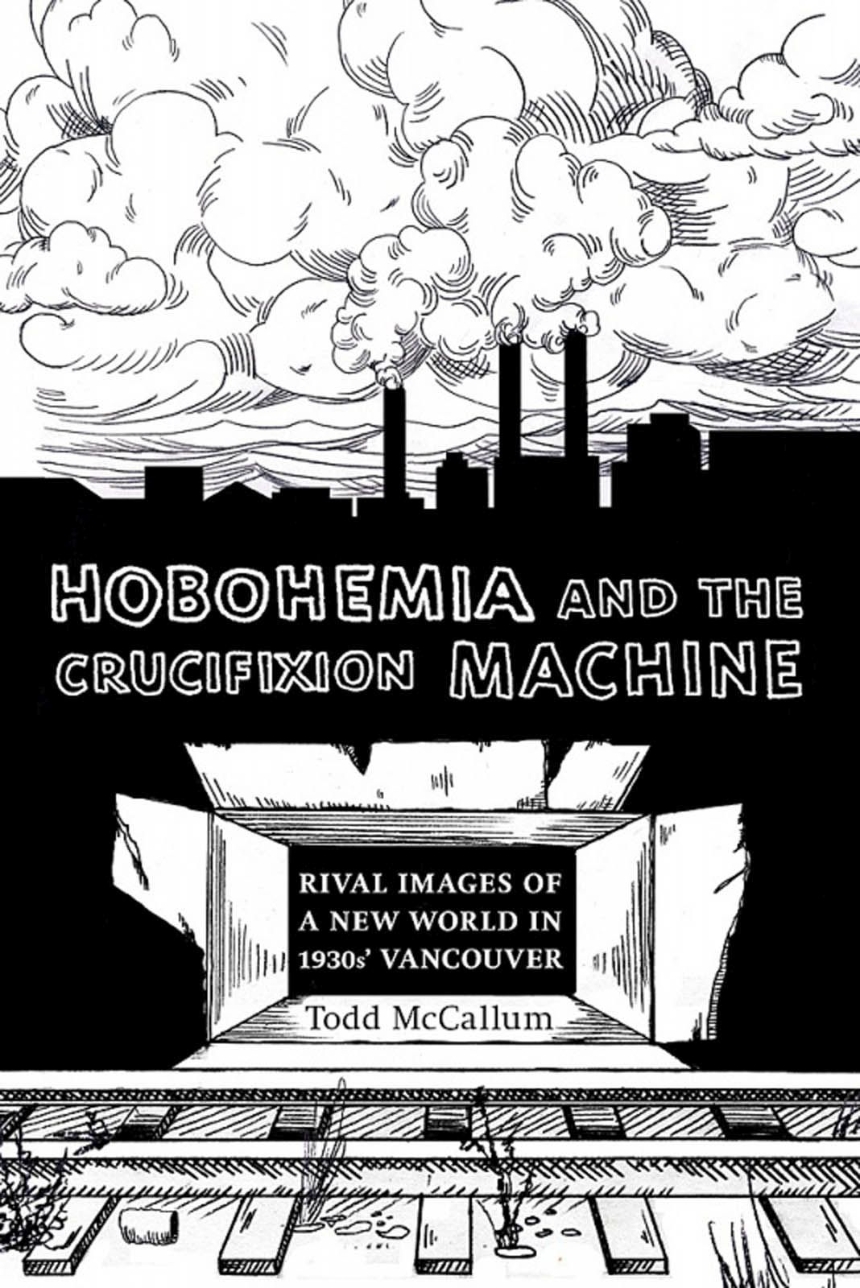Hobohemia and the Crucifixion Machine
Rival Images of a New World in 1930s Vancouver
Distributed for Athabasca University Press
Hobohemia and the Crucifixion Machine
Rival Images of a New World in 1930s Vancouver
In the early years of the Great Depression, thousands of unemployed homeless transients settled into Vancouver’s “hobo jungle.” The jungle operated as a distinct community, in which goods were exchanged and shared directly, without benefit of currency. But as the transients moved from the jungles to the city, they made innumerable demands on Vancouver’s Relief Department, consuming financial resources at a rate that threatened the city with bankruptcy. McCallum argues that, threatened by this “ungovernable society,” Vancouver’s Relief Department employed Fordist management methods that ultimately stripped the transients of their individuality. Hobohemia and the Crucifixion Machine explores the connections between the history of transiency and that of Fordism, offering a new interpretation of the economic and political crises that wracked Canada in the early years of the Great Depression.
Table of Contents
List of Tables vii
Preface ix
INTRODUCTION: From Fordlandia to Hobohemia
Homeless Men and the Relief Industry 3
A Strike, a Conference, and a Riot
December 1929 to January 1930 27
“Useless Knowledge” About Jungle Life
The Utopian Practices of Hobohemia, 1930–32 69
The Crucifixion Machine and the Quest for Efficiency
The Relief Industry, Administration 115
The Racket in Tickets and the Traffic in Lives
The Relief Industry, Consumption 155
“Work Without Wages,” or, Paving the Way for Economic Development
The Relief Industry, Production 195
CONCLUSION: Vancouver, “The Mecca of the Surplus” 243
Notes 251
Bibliography 289
Index 301
